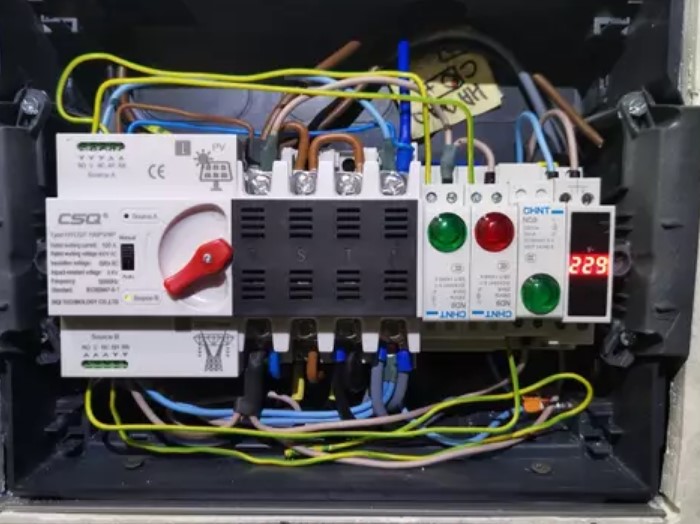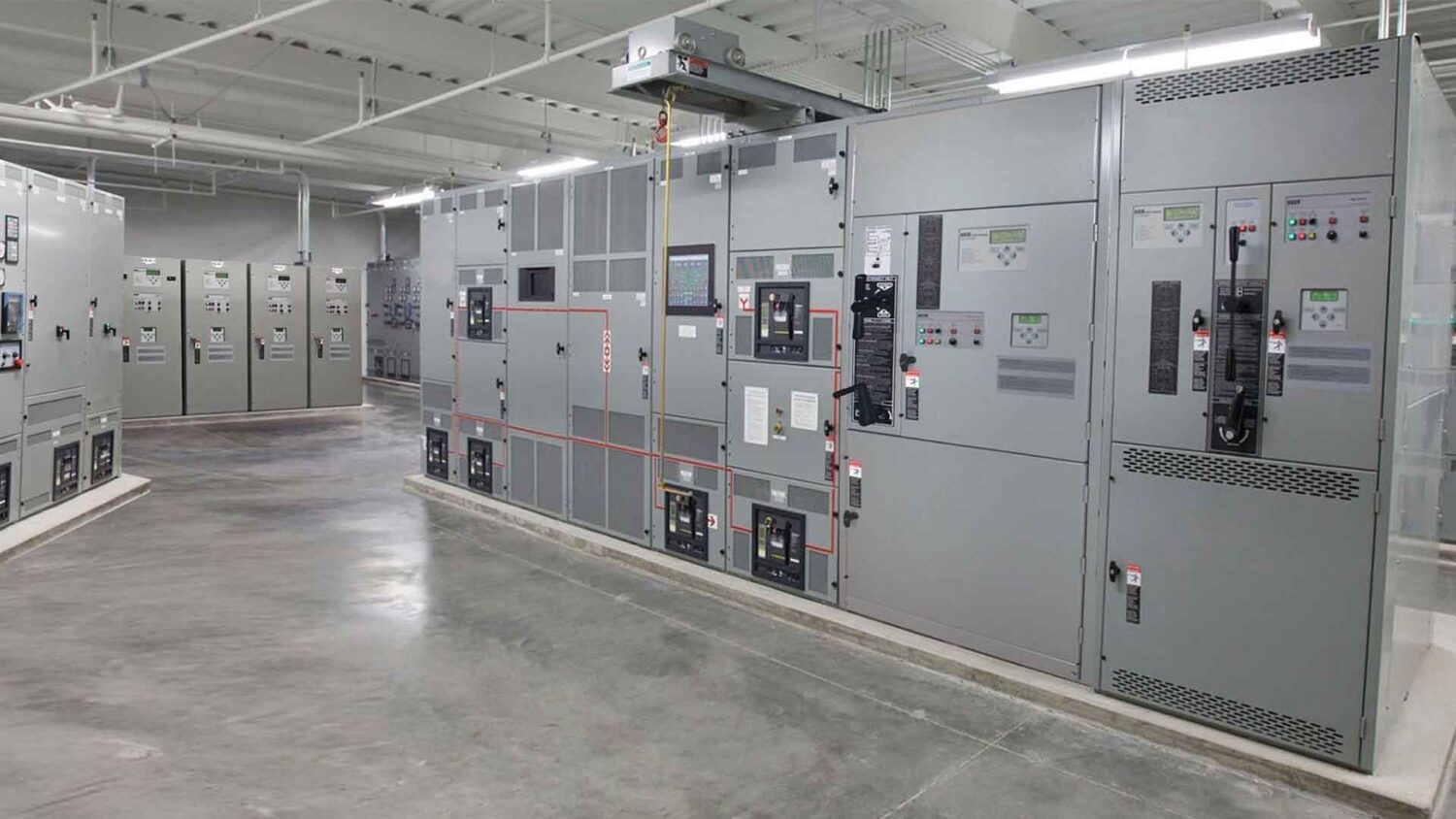
In today’s modern world, where uninterrupted power supply is vital for both residential and commercial settings, automatic transfer switches (ATS) play a critical role in ensuring power continuity.
An ATS acts as a gateway between the utility power grid and an alternative power source, such as a backup generator. Its primary function is to detect power outages and automatically transfer the electrical load to the backup source without any manual intervention.
Key Components: Exploring the Essential Elements of Automatic Transfer Switches
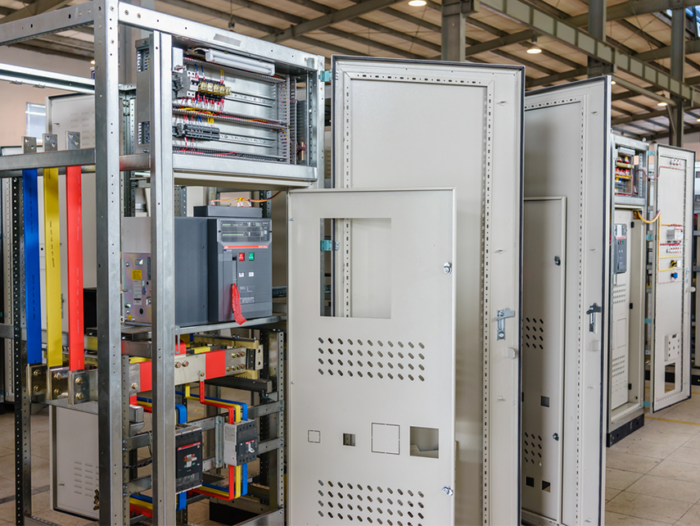
To comprehend the functionality of an automatic transfer switch, it is essential to familiarize ourselves with its key components. An ATS typically consists of the following elements:
Power Sensing Equipment:
This component continuously monitors the utility power supply for any fluctuations or interruptions. It detects the loss of power and signals the transfer switch to initiate the switching process.
Transfer Switch Mechanism:
The transfer switch mechanism facilitates the seamless transition of the electrical load from the primary power source to the backup source. It ensures that there is no disruption in the power supply during the switching process.
Control Logic:
The control logic of an ATS governs its overall operation. It receives input from the power sensing equipment and triggers the transfer switch mechanism accordingly. The control logic also ensures that the switching occurs only when the backup power source is fully operational and ready to take over the load.
How Does an Automatic Transfer Switch Work?
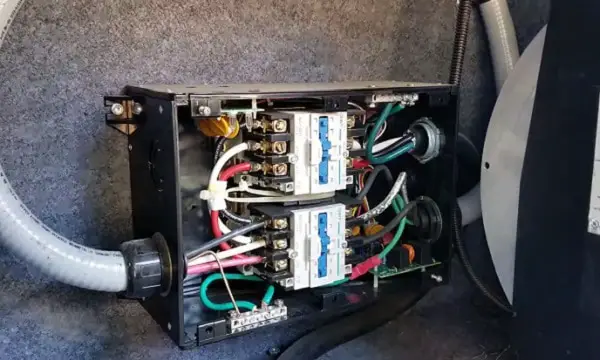
Now that we understand the key components of an ATS, let’s delve into its working mechanism. When the ATS detects a power outage or voltage irregularities from the utility grid, it signals the transfer switch mechanism to initiate the switch. The switch then disconnects the electrical load from the utility power and connects it to the backup power source, such as a generator.
During this transition, the ATS ensures that there is no momentary loss of power. It achieves this by momentarily opening both the utility and backup power supply circuits and then quickly closing the connection to the backup source. This swift transfer ensures a seamless and uninterrupted power supply to critical appliances, systems, or entire buildings.
Benefits of Using Automatic Transfer Switches for Power Continuity
The advantages of employing ATS for power continuity are manifold. Here are some key benefits:
Reliable Power Supply:
An automatic transfer switch guarantees a reliable power supply during unexpected outages. By swiftly transferring the load to a backup source, it minimizes downtime and keeps essential systems operational.
Seamless Transition:
The ATS ensures a smooth transition from the utility power to the backup source without any manual intervention. This eliminates the need for individuals to physically switch power sources during an outage, reducing the risk of human error.
Protection against Power Fluctuations:
ATS also safeguard electrical equipment from voltage irregularities. They can detect under-voltage or over-voltage conditions and automatically switch to a stable power source, mitigating the risk of damage to sensitive devices.
Cost Savings:
By efficiently managing power supply, an ATS optimizes energy usage and reduces utility costs. It allows for the strategic use of backup power sources, such as generators, which can be more cost-effective than relying solely on the utility grid.
Common Applications of Automatic Transfer Switches in Various Industries

Automatic transfer switches find widespread use in a variety of industries and applications. Some common scenarios where ATS plays a crucial role include:
Residential Buildings:
In residential settings, ATSs ensure uninterrupted power supply to essential household appliances, HVAC systems, and security systems during power outages.
Commercial Buildings:
Commercial establishments, such as office buildings, hospitals, data centers, and manufacturing facilities, heavily rely on automatic transfer switches to maintain continuous operations. ATS enables critical systems like emergency lighting, elevators, servers, and life support equipment to function without interruption.
Telecommunications:
In the telecommunications industry, automatic transfer switches are vital for maintaining reliable power to cellular towers, data centers, and communication networks. They provide seamless power transfer to ensure uninterrupted connectivity and communication services.
Utility Infrastructure:
ATSs are also utilized in utility infrastructure, such as substations and power distribution centers. They help manage power flow, facilitate fault isolation, and enable quick restoration of power during outages.
Factors to Consider when Selecting an Automatic Transfer Switch
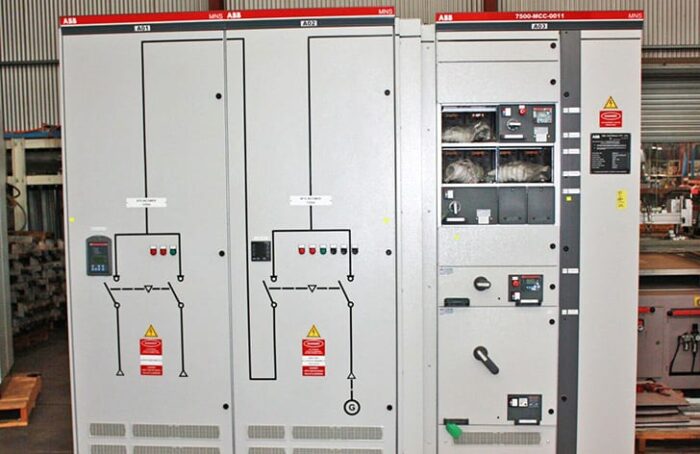
When selecting an automatic transfer switch for a specific application, several factors should be taken into consideration:
Power Capacity:
Determine the power capacity required to support the electrical load during an outage. It is crucial to choose an ATS that can handle the anticipated power demands without overloading.
Voltage Compatibility:
Ensure that the ATS is compatible with the voltage ratings of both the utility power and the backup source. This compatibility ensures a seamless transfer without any voltage mismatches.
Transfer Time:
Consider the required transfer time for the application. Some sensitive systems may require an almost instantaneous transfer, while others can tolerate a brief interruption.
Reliability and Durability:
Look for an ATS from a reputable manufacturer known for producing reliable and durable equipment. This ensures that the switch can withstand frequent operations and provide long-term performance.
Additional Features:
Consider any additional features that may be beneficial for the specific application. These may include remote monitoring capabilities, built-in surge protection, or integration with other control systems.
Ensuring Safety with Automatic Transfer Switches: Best Practices
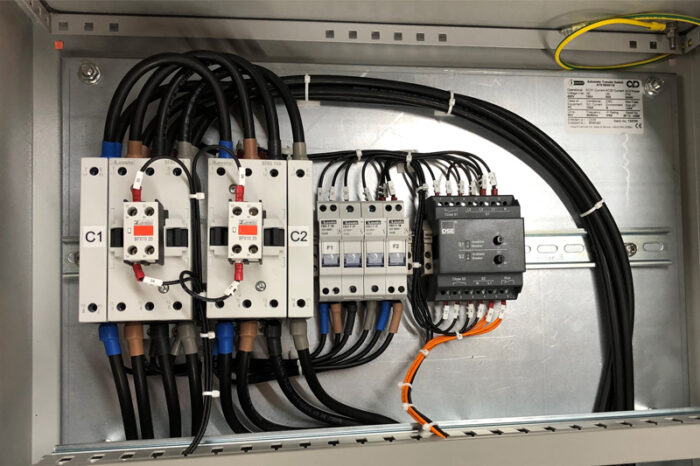
Safety is paramount when working with automatic transfer switches. Here are some best practices to ensure a safe operating environment:
Training and Awareness:
Provide proper training to individuals who may interact with the automatic transfer switch. They should be familiar with its operation, safety protocols, and emergency procedures.
Lockout/Tagout Procedures:
Establish lockout/tagout procedures to ensure that the automatic transfer switch is safely isolated from power sources during maintenance or repair work. This prevents accidental energization and protects personnel working on the switch.
Grounding and Bonding:
Follow proper grounding and bonding practices to minimize the risk of electrical hazards. Ensure that the automatic transfer switch and associated equipment are properly grounded to dissipate electrical faults safely.
Compliance with Codes and Standards:
Adhere to local electrical codes and industry standards when installing, maintaining, or upgrading automatic transfer switches. Compliance with these regulations ensures a safe and reliable electrical system.
Regular Safety Audits:
Conduct periodic safety audits to evaluate the overall safety of the automatic transfer switch installation. Identify any potential hazards or areas for improvement and take appropriate measures to address them.
Conclusion:
Harnessing the Power of Automatic Transfer Switches for Uninterrupted Electricity
As technology continues to advance, automatic transfer switches are evolving to meet the increasing demands of power continuity. Embracing these advancements and harnessing the power of automatic transfer switches enable us to navigate power outages with ease, ensuring uninterrupted electricity and enabling us to focus on what truly matters.

